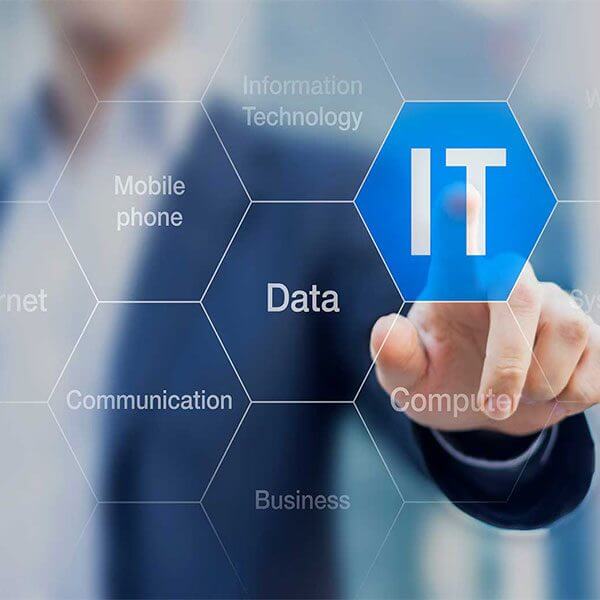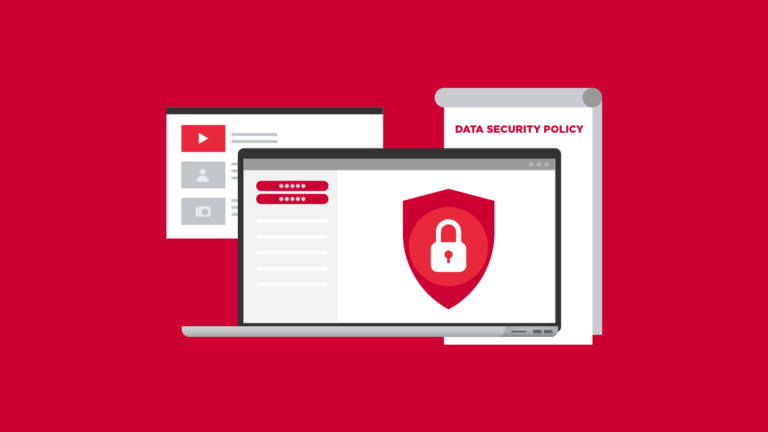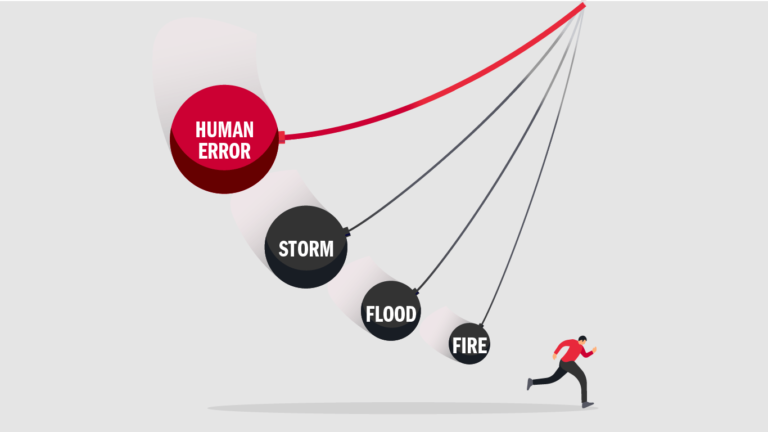Data Backup VS Business Continuity – what exactly is the Difference?
There’s no doubt you’ve heard the terms Data Backup and Business Continuity, but what are they? Are they the same thing, or are they different? Data backup gives you peace of mind knowing your data is safe and you can get your data back if there’s a failure. Business continuity takes care of quickly getting your business operating again after a system failure.
If you have to prioritize one over the other, getting a data backup solution is a great first step, but it’s important not to stop there. Business continuity is just as important to consider because it ensures your business can get back up and running in a timely manner if disaster strikes. If your server dies, you can’t quickly get back to work if you only had file-level backup. Think about how long it would take for your server to be replaced, software and data to be re-installed, and the whole system to be configured with your settings and preferences. This process could take days, right? Now you need to consider whether your business can afford to lose that much time.
Two terms you may not have heard of are Recovery Time Objective (RTO), and Recovery Point Objective (RPO). So what is RTP and RPO? Recovery Time Objective is the acceptable amount of time a business can be down after a disruption before experiencing unacceptable negative impacts. Recovery Point Objective is the maximum period of time a business can go without data after a disaster. Calculating the real cost of data loss and downtime for your business will give you the perspective you need to make an informed decision about data backup and business continuity.
We don’t have to tell you that downtime isn’t cheap, but it’s shocking just how expensive it can be. Each hour of downtime can cost between $9,000-$700,000, depending on the size of the organization. Downtime can happen to any business. Network outages, human error, and natural disasters can all bring your business to a standstill. In fact, the #1 culprit of issues that cause downtime is human error. If you haven’t prioritized data protection because you don’t experience many extreme weather events, you should know that the bigger threat to your data are the unpredictable humans inside of your company.
Local or Cloud Backup?
When it comes to backup, you shouldn’t put all of your eggs in one basket. Local backup makes it fast and easy to restore data back to its original location and keep the business running; but when the power goes out, the device fails, or the device is destroyed, you’re totally out of luck. This makes cloud backup look extra attractive, but it’s important to remember that even the cloud can fail, and restoring from the cloud can be more difficult and time-consuming.
That’s why you need to have a balance between local and cloud-based backups. Enter the hybrid-cloud solution. With a hybrid-cloud solution, your data is copied and stored on a local device but also replicated in the cloud. This allows you to quickly restore data from your local backup if needed, with the ability to backup from the cloud, just in case something happens to your device.
While most small businesses don’t have the same IT budget as larger businesses, the risks facing their data are basically the same. The good news is, that there are data backup solutions for businesses of all sizes, so implementing data backup and business continuity should be a top priority. Let Les Olson Company help you find the right solutions for your business.




